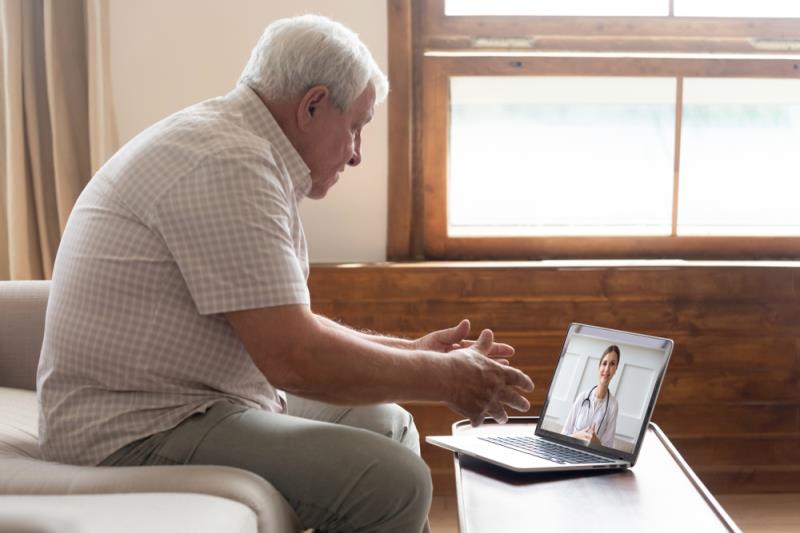
A novel telemedicine-based cognitive-behavioural intervention may help manage body image disturbances (BIDs) in survivors of head and neck cancer (HNC), a new study reveals.
The study included 10 HNC survivors with Body Image Scale-determined BID. They underwent intervention using the BRIGHT* tool, which consisted of five weekly hour-long sessions delivered through a tablet. Assessments were performed at baseline and at 1 and 3 months after BRIGHT. Semi-structured interviews were also conducted to determine the feasibility and acceptability of the intervention.
One patient was lost to follow-up. The remaining nine patients successfully completed the course and were included in the subsequent analysis.
All but one of the participants moderately or strongly agreed that starting the programme a month after HNC treatment worked well. The same number of positive responses was earned for the use of telemedicine as a method of delivery. Satisfaction was likewise high, with 89 percent saying that they were likely to recommend BRIGHT to other HNC survivors.
Notably, a month after BRIGHT, eight of the nine remaining participants experienced a reduction in BID severity. By 3 months post-BRIGHT, this effect was true for all survivors. At the respective time points, Body Image Scales scores dropped by 4.56 and 3.56 points relative to baseline.
Moreover, the semi-structured interviews also showed that BRIGHT helped improve image coping behaviours.
*Building a Renews Image after Head and Neck Cancer Treatment